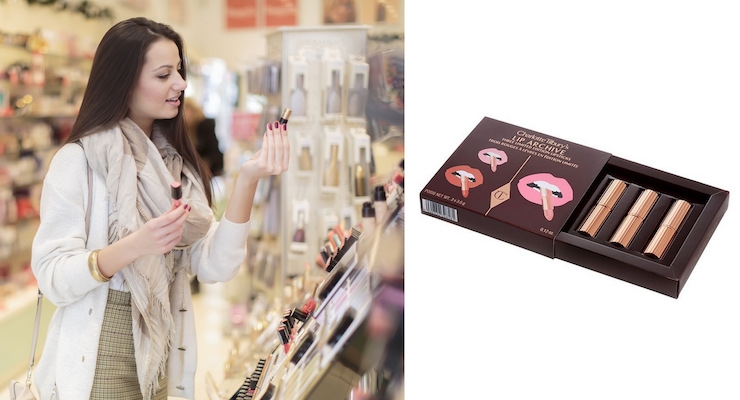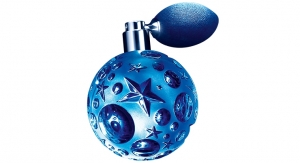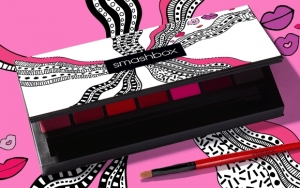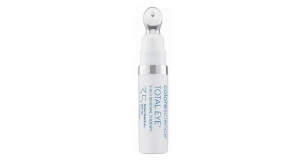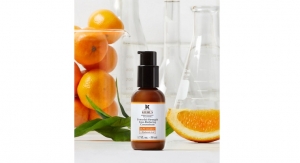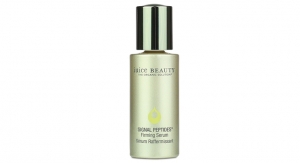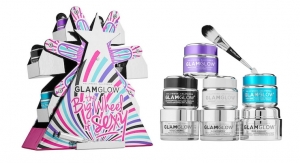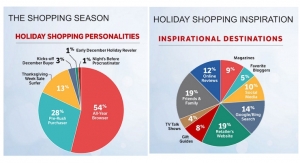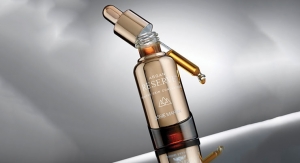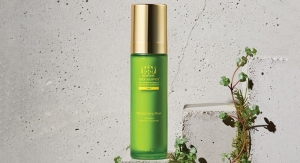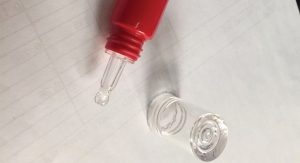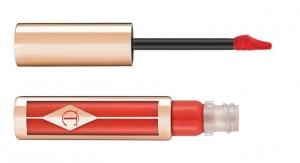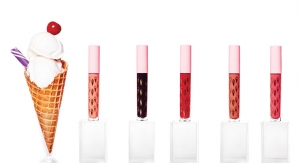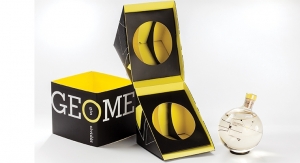Marty Gage03.08.18
The number of beauty and fragrance products in the market today has grown almost indefinitely. Store aisles are oversaturated with brands, messages and choices available. It’s more important than ever for brands to stand out on these crowded shelves.
The sheer volume of product choices is overwhelming, but brands can cut through the clutter by using sensory cues to communicate specific benefits that resonate with consumers. Sensory cues are found in products across industries. These cues are key to delivering messages by viscerally communicating what consumers desire in these products, which leads to the “moment of truth” when shoppers become customers.
Sensory cues need to deliver on three universal customer desires that have stood the test of time and transcend geographic boundaries. Through state of the art research techniques, we know that consumers desire a product that is effective, is easy to use and provides an enjoyable experience:
1. Effective
Packaging features like shape and colors help shoppers recognize what a product is for. They can help provide certainty that a product will deliver what they want. Packaging sensory cues should reveal what’s inside and can help brands communicate certain benefits without making claims. If a shopper is looking for a natural and humane product, light colors offer a cue that reflects healthy or medicinal ingredients without using words.
2. Easy to Use
Sensory cues should convey that a product will be straight-forward in functionality. Shoppers want to clearly understand functionality by looking at the packaging. It’s also critical to clearly demonstrate how to open, apply and transport a product. For example, design cues can help communicate that a product is portable by signaling it is small, compact and won’t spill on the go.
3. Enjoyable
Today, consumers also expect an enjoyable experience with a beauty or fragrance product. Packaging is part of the consumer experience with that product and brand. For example, sensory cues like glitter, pastel colors and curvy shapes visually communicate femininity. A silver, chrome or gold finish can illustrate a luxurious or lavish experience.
Sensory cues are delivered at every touchpoint between a product and a consumer. Product packaging must be intentionally designed with these three universal desires in mind. Brands should use sensory cues to discover what to deliver and then communicate these messages in a way that consumers understand, ultimately leading to the moment-of-truth interaction and hopefully resulting in a purchase.

